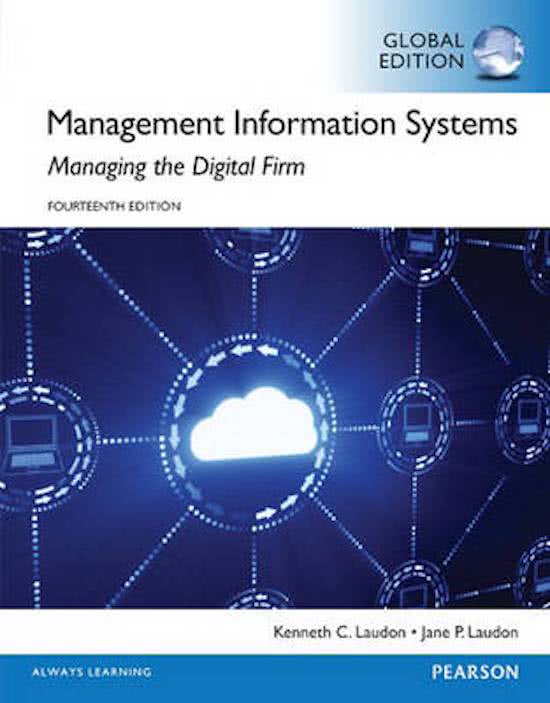Resume
Introduction to Information Security Samenvatting
- Cours
- Établissement
- Book
Een allesomvattende en uitgebreide samenvatting van de module Introduction to Information Security van het eerste studiejaar IVK/SEC. Alle stof wordt behandeld, waardoor jij veel beter bent voorbereid op je tentamen.
[Montrer plus]




